Imagine you get picked for the cobbled classics but you live in South Yorkshire, how do you train? You get creative, that’s what Russell Downing did in 2010.
Words & Pictures: Chris Sidwells.
“I’d just got back from Qatar, where I was told I was riding Het Nieuwsblad and Kuurne. I was on my first ride out, just a couple of hours to stretch my legs after a long flight, and as usual I was riding along in a world of my own. It was raining, and this thought popped into my head – you know, South Yorkshire looks a bit like Belgium, if you squint.” That’s what Russell Downing said when I phoned him to see how he was getting on.

He’d finally got a crack at the World Tour, which is where he should have been for years, but for a whole sack full of bad luck. The creation of Team Sky, and a glorious win in the 2009 Tour of Ireland, finally secured his chance. And as with everything he did, he was determined to make the most of it.
The crux of the Tour of Flanders (De Ronde), and most other Flanders classics, is a cruciform ridge of hills, with a couple of outlier hills. It’s in East Flanders, although the southern leg of the crucifix straddles the Taal Grenz, Belgium’s language border. The Tour of Flanders rarely ventures onto the French speaking side.
The ridge is criss-crossed with roads and lanes, many of them cobbled, and they mostly climb straight up and over the ridge, as well as along its undulating top.
Russ has a similar ridge of hills close to his home, and it’s crossed by roads and lanes. The road climbs are steep, straight, and most of them have rough surfaces. There’s even a cobbled climb, although you have to go down that to climb back up, because there’s no through road to it.

If you squint a bit it really does look like the one in Belgium, and it got us thinking. We devised a circuit, Russ started riding it, and one day I went along to take photos and talk to him about it.
Race day feeling
To get a similar sensation in his legs as he’d have when he hit the hills after the first hours of De Ronde, Downing did a seven-hour ride in the Pennines the day before the Flanders session. He didn’t overdo breakfast (a seed bar and a cup of coffee), so he’d be a bit depleted, and after a short warm up he hit the ridge.
The session started well. Even the flat run to the ridge was a bit Belgian, with hedge less lanes and flat wide-open fields. The big winter freeze had prepared the route nicely too, chewing out new pot-holes and strewing gravel across the corners.
When he did the session Russ was also first reserve for Paris-Roubaix, so it was a nice bonus when he shot between the pillars of a half-demolished bridge that looked like Pont Gibbus on the Roubaix route.

Form of his life
When he hit the climbs it was obvious Downing would be in the form of his life for the cobbled races. When he rolled to a halt at the top the first climb, his SRM showed a max power of 753 watts. He weighed just under 65kg at the time, so that was some watts per kilo.

The South Yorkshire ridge shares another feature with the one in Flanders, each climb is separated by exposed false flat, then a steep descent. Up, down and across Downing went, tracing the route we’d planned before, until the steepest climb. A nasty stretch that tips up at nearly 20 percent near the top.
It climbs from a valley to the village of Laughton-en-le-Moreton, so we called it the ‘Laughterberg’, and when Downing stopped after that one his SRM showed a new peak - 759 watts.

Onto the cobbles
The final climb of our session was a cobbled one. Downing was well into it by now, pointing out where I should stand to get the best pictures. “Get one when I come off the concrete road and you'll get the change of hand position,” he shouted when he pounded past.

Then he turned round at the top and did it again, while I jogged to where he’d suggested. When he stopped he explained one of the nuances pros learn quickly.
“I ride on the drops most of the time. If you get low there’s less drag, and that counts over six or seven hours. But when you hit the cobbles you have to sit up and back, keeping the back wheel steady and just guiding the front with your hands, not steering,” he told me. Then he descended the cobbles so he could climb back on to demonstrate the change.
"You don't want to be moving your hands on the stones, that's how you fall off," he said before descending one last time to do some flat out intervals. Not once, but three times up and down to simulate a big cobbled climb.

“I enjoyed that," he gasped after the first run. "I’d forgotten about these cobbles. I used to play down there in the valley as a kid.” He also made a more pertinent discovery; “You put lots more power out when you climb on cobbles. That one was 859.”
Training with SRMs was new for Downing since he joined Team Sky, so he was just beginning to put numbers to his talent. “859 again,” he said after his final effort. “That must be around my max one minute power. I do a lot more in a sprint, but only for a few seconds.”
With the session over Downing summed it up. “It’s been really useful and I’ll be back before the next race to do a few more laps on the ridge. The cobbled one was good. I’ll do it every time I train here now, it’ll help keep the feel in my body,” he said before we parted company.
Cobblestone tips
A week later I phoned Russ to see how Het Nieuwsblad and Kuurne-Brussels-Kuurne were for him. “If you’d asked me this time last year I’d have said I was rubbish on cobbles, but I had no problem in those races.
“I’d say confidence has a lot to do with it. I’m in a top level team now, and that makes you feel confident. If you expect to do well you will do well, and if you expect to get battered you will get battered. So, basically just went for it,” he said.
I asked if he’d discovered anything else. “Yeah, I think the riding position I’ve always had helps me on cobbles. I’ve always gone for the smallest frame I can. I’m not tall, but I still use a 13cm stem and I push my saddle as far back as it will go, and I’ve got a fair bit of post out. That means that I’ve got my weight distributed over the front and back wheel, which makes the bike easier to handle, improves traction on the back wheel.
“Being stretched out lowers your profile in the wind, so you aren’t fighting that as well as the cobbles. But you need to ride them with your hands on the tops as it’s easier to guide your bike where you want it to go. The other biggie is look for a smoother line where cars have worn the stones down, but watch it if you go on the gravel at the sides, you can puncture there.”
Thanks for sharing Russ. If you come to our Flanders Experience, April 24th – 28th 2025, you will learn much more from one of the most enthusiastic, knowledgeable and friendly pro bike racers you could wish to meet. And if you didn’t know Russ before spending time with him, you’ll be lifelong friends after.
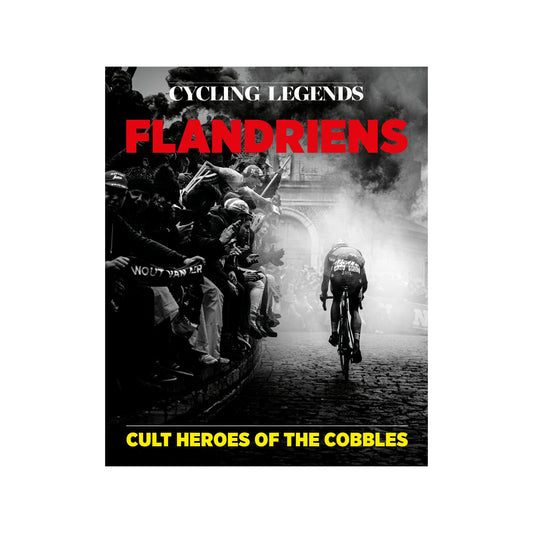
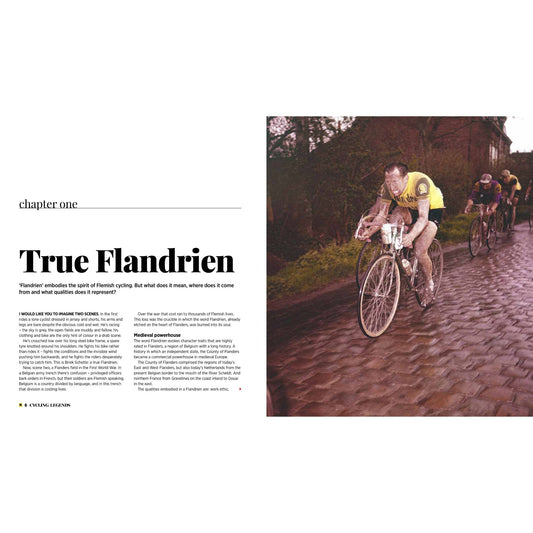

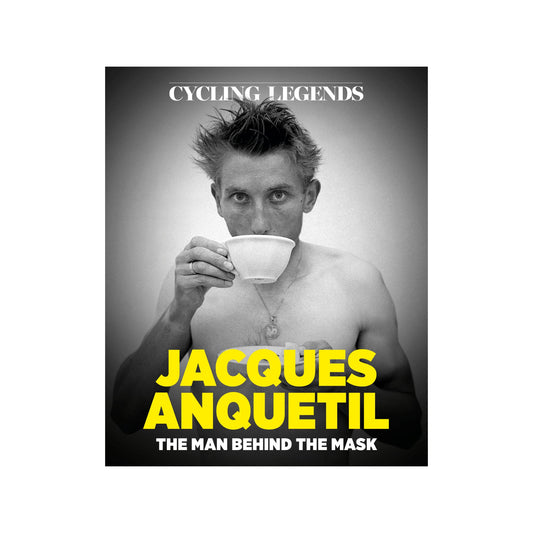
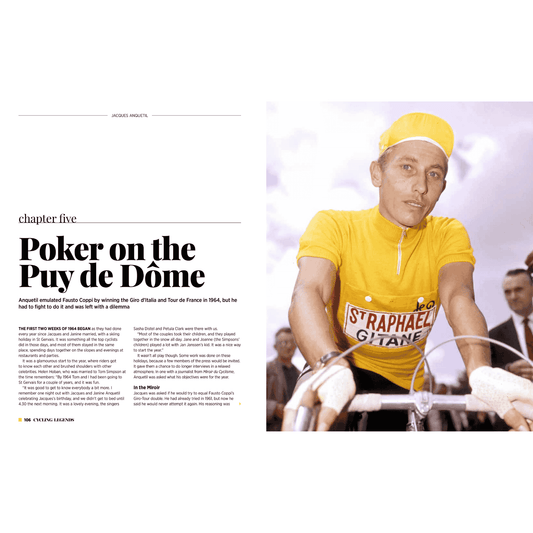
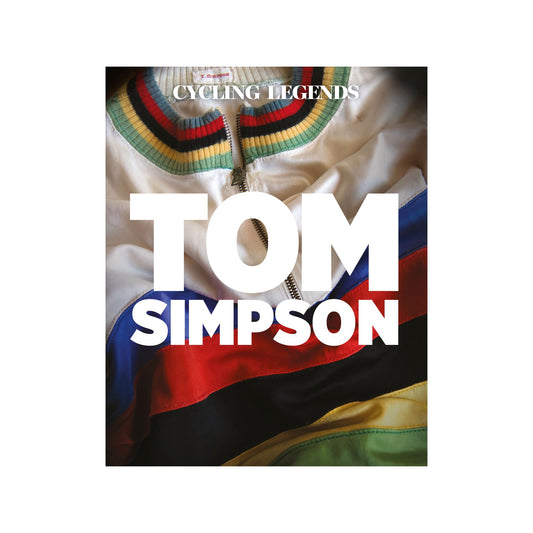
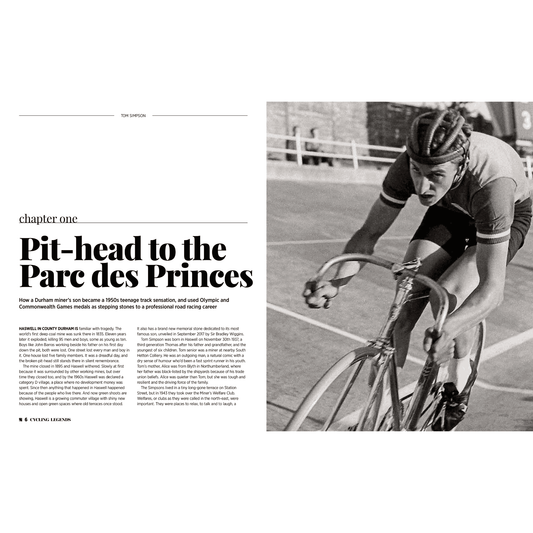
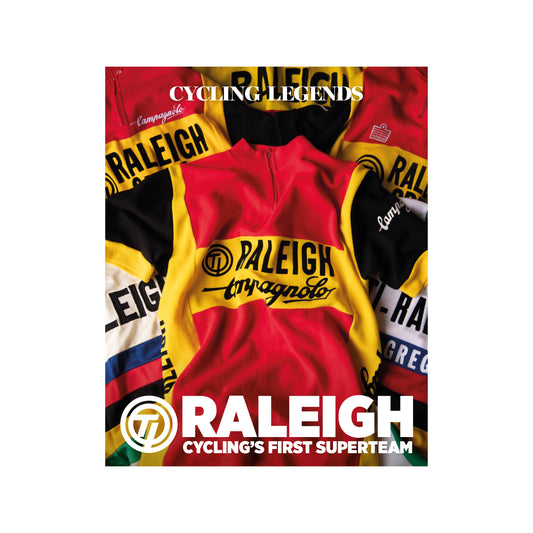
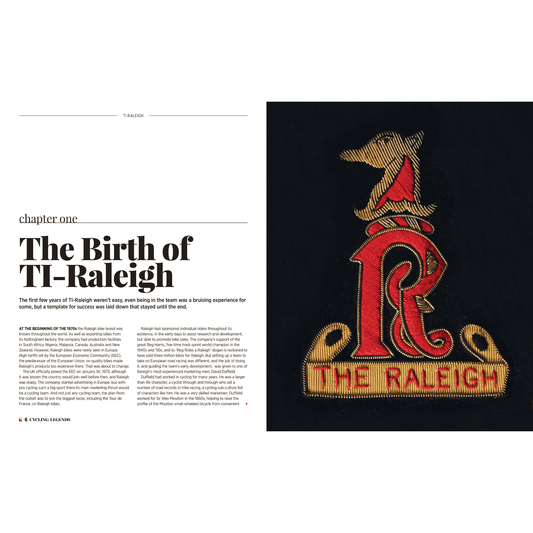
1 comment
A great article.